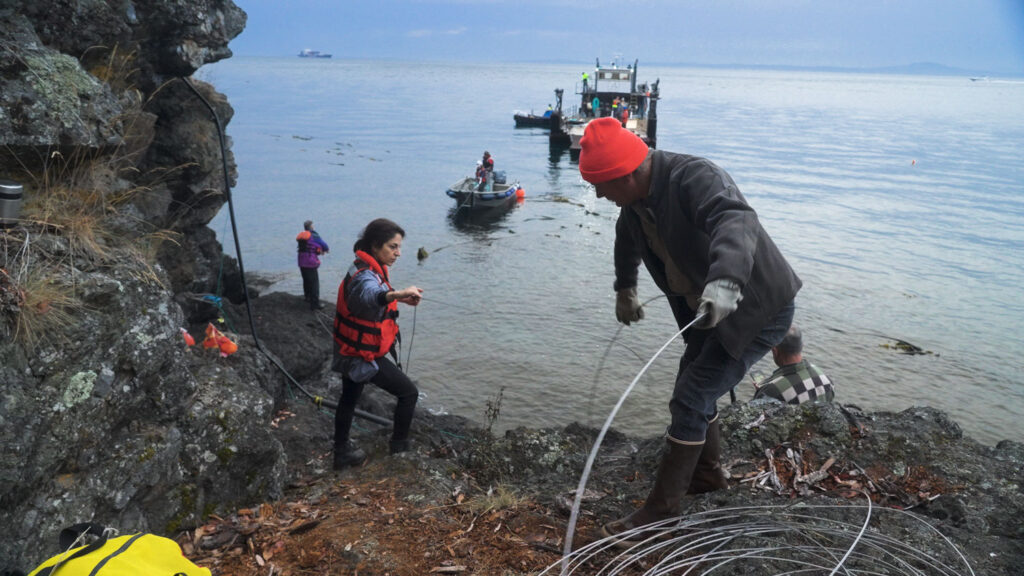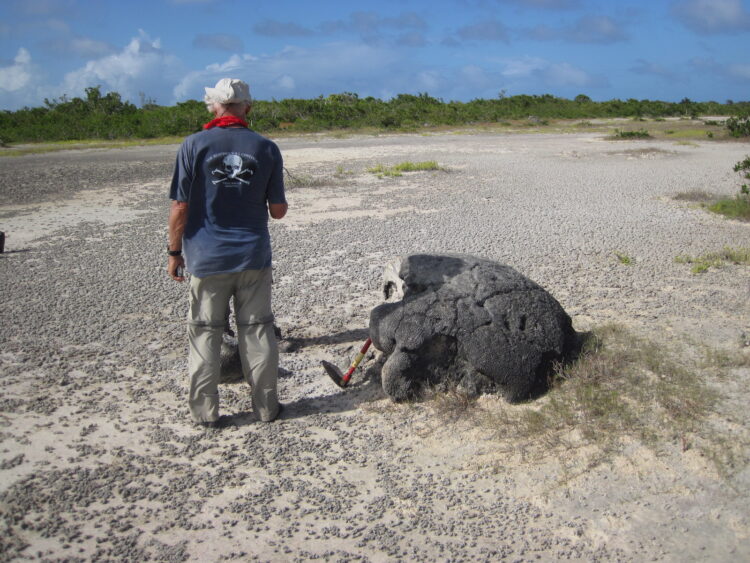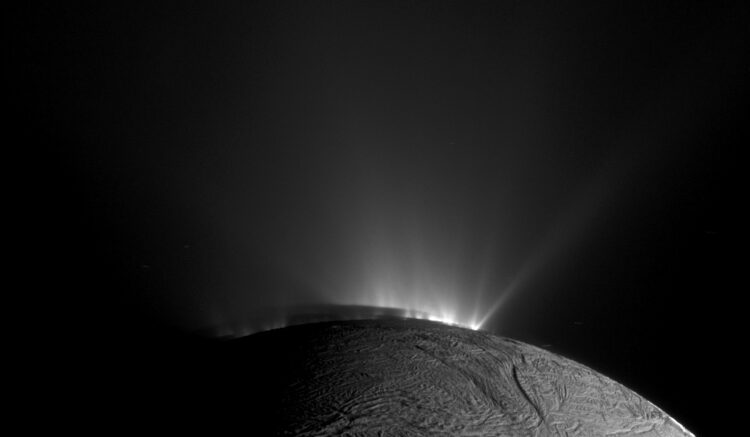How ripples in the high atmosphere warned scientists of a tsunami in real time
Harold Tobin, ESS professor and PNSN director, is quoted.
Read more at BBCESS alumna awarded Geological Society of America's prestigious Donath Medal for pioneering Earth science research
ESS alumna and Indiana University Bloomington Assistant Professor Dr. Julia Kelson was awarded the Geological Society of America’s 2025 Young Scientist Award. Kelson got her Ph.D. from UW Earth and Space Sciences in 2019, advised by Professor Kate Huntington.
Read more at Indiana University NewsBaptiste Journaux awarded annual IAPWS Helmholtz award
ESS Assistant Professor Dr. Baptiste Journaux was recognized this past summer with the International Association for the Properties of Water & Steam’s Helmholtz Award.
Read moreTrump cut in Alaska could have major ramifications for California
PNSN Director and Washington state seismologist Harold Tobin is quoted.
Read more on San Francisco ChronicleUsing light to hear the whales
Novel research trial uses Distributed Acoustic Sensing technology by repurposing fiber optic cables to monitor Puget Sound's orca population. The co-primary investigators in the project include ESS Assistant Professor Brad Lipovsky and Associate Professor Marine Denolle. As the project expands, opportunities will open for undergraduate students to participate in data analysis and in-the-field experiments.
Read more at UW Bothell NewsCoral skeletons left by a medieval tsunami whisper warning for Caribbean region
A new collaborative study led by scientists at the University of Washington and the University of Maryland Center for Environmental Science proposes that a tsunami struck the Caribbean island of Anegada between 1381 and 1391, carrying huge coral boulders inland and leaving behind a valuable record of geologic and climatic history. Brian Atwater, ESS affiliate professor and USGS Research Scientist Emeritus, and colleagues have been investigating this record for years. This study narrows the time frame for when the tsunami occurred and together their work helps characterize the type of risk that modern residents should be prepared for.
Read more on UW NewsESS researchers honored at 2025 AGU conference
Assistant Professors Joshua Krissansen-Totton and Michelle Muth have been awarded prestigious honors, to be given at the annual AGU gathering in New Orleans, LA in December, and Professor Fang-Zhen Teng was named an AGU Fellow.
Read moreMariners fans' cheers cause ground to shake, reach seismic level
The Pacific Northwest Seismic Network measured the intensity of fan energy in Friday's winner-take-all game against the Detroit Tigers. PNSN field engineer Mickey Cassar is quoted.
Read more at King 5Link between Cascadia and San Andreas Fault earthquakes discovered 30 years after lost vessel stumbled across key data
Geological records hint that earthquakes at the Cascadia subduction zone might trigger the San Andreas fault. ESS Professor and Pacific Northwest Seismic Network Director Harold Tobin is quoted.
Read more at Live ScienceDiscovery of organic compounds bolsters case that Saturn's moon Enceladus could support life
A new analysis of data from the Cassini space probe has identified organic compounds within jets of water ice erupting from Saturn’s moon Enceladus. Some of the compounds, which likely originated in Enceladus’ subsurface ocean, have never before been identified on another world beyond Earth. The study, conducted in part by UW researcher Fabian Klenner, contributes to mounting evidence that Enceladus could support life.
Read more at UW News


